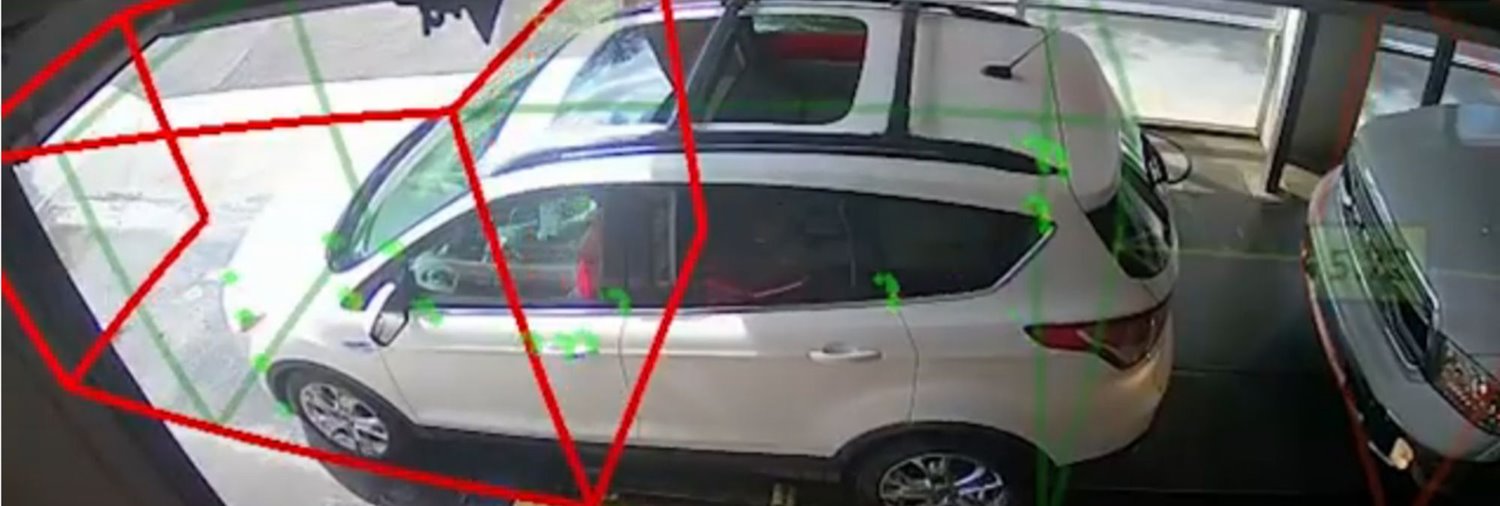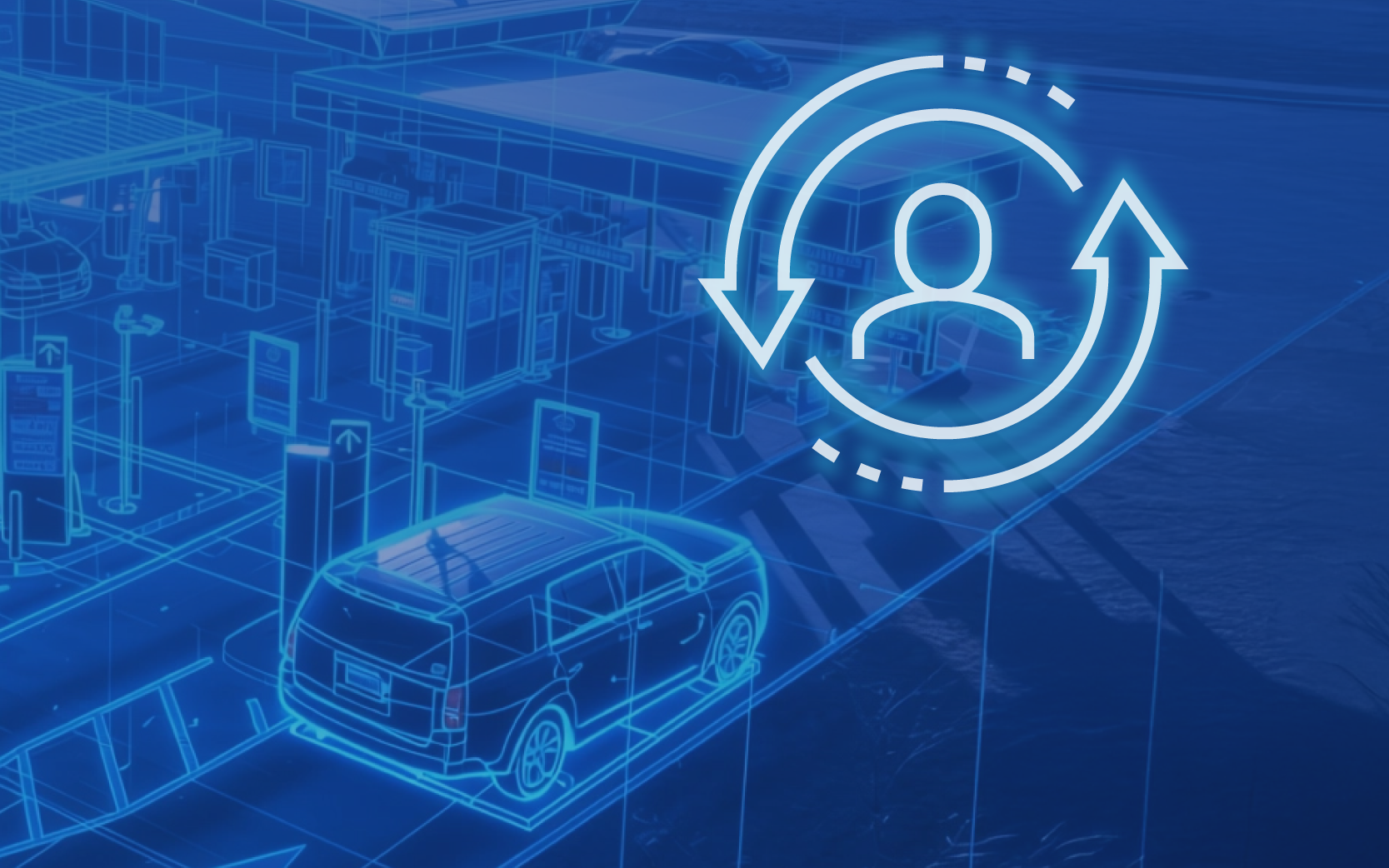October 17, 2019
Safety is an important part of running a successful business, but it doesn’t always have the best ROI. You often must sacrifice production and efficiency to enhance safety.
This is especially true for car washes when it comes to in-tunnel collisions. Some of the most common methods of dealing with this problem hamper productivity and profitability. And they often aren’t that effective.
So what’s a car washer to do? Isn’t there a way to make the tunnel safer without negatively affecting wash volume?
You can probably already guess that we’re going to say “Yes!” and that the answer is NoPileups™. With cameras and advanced computer technology, nothing protects your tunnel better. But let’s face it, that protection isn’t free. Just like every investment you make in your business, you have to justify the cost.
First, let’s consider the other options and their true costs.
Doing Nothing
Yep, car washers can simply choose to do nothing about in-tunnel collisions. Over the years, many have just accepted damage claims as a cost of doing business.
But that cost keeps rising, thanks in large part to automated safety systems in vehicles. Automatic Emergency Braking (AEB) is particularly problematic. Nearly everything in a car wash tunnel looks like a hazard to a smart car, causing it to brake, hop rollers and ultimately create a collision threat. As the number of cars with auto-braking grows, damage claims are rising.
Then there’s the cost to your wash’s reputation. Word gets around when a car gets damaged at a car wash, and with the internet, that word spreads like wildfire. A customer involved in an in-tunnel collision can share their story with a thousand of their closest friends on social media before they even leave the tunnel. And then for good measure, they’ll leave scathing reviews across the internet for your potential customers to find. For that reason, this option may be costliest of all.
Manual Prevention
Many car washes charge employees with the task of preventing in-tunnel collisions. Employees are trained to load cars further apart and to watch closely for collision threats so they can hit the E-stop button. Sometimes this is an employee’s sole responsibility.
There are a number of problems with this approach, starting with the unreliability of human response times. Asking an employee to react quickly enough to stop an accident puts them in a losing position and causes undue stress. It’s also not the most effective way to spend your labor dollars.
And of course, adding safety rollers between cars lowers production and your profit. There is money in between cars. The more safety rollers you add, the fewer cars you can washs.
This approach also results in longer wait times, which can frustrate customers and deter potential customers who see long lines and move on. Make no mistake – you may not be paying for equipment in this case, but there is definitely a cost.
Traditional Anti-Collision Systems
Automated solutions are typically part of a tunnel control system and come in two varieties:
- Exit Anti-Collision Systems – These systems use a type of sensor (loop pad, photo eye sensor, etc.) to detect vehicles. If the sensors detect a stopped car at the exit, the system will pause the conveyor. For multiple reasons, these systems are prone to creating false positives that bring production to a halt. So much so, that car washes often shut anti-collision down to keep the line moving, leaving the exit unprotected.
- In-Tunnel Anti-Collision Systems – In these systems, the tunnel controller tracks the car as it moves through the wash with progress pads (i.e., loops or sensors) placed every 20 feet or so. The problem is the space between sensors. If the conveyor runs at one foot per second and there’s a sensor every 20 feet, there are 20 seconds between sensors. While that may not seem like a lot of time, there’s a lot that can happen in 20 seconds before the system realizes it and shuts down the conveyor.
Since these systems are part of an existing piece of equipment, there’s technically no additional expense – if you don’t count the reduced production and damage claims from accidents that are not prevented.
NoPileups™
NoPileups is a new type of anti-collision system that uses advanced technology to reduce the risk of accidents in your tunnel.
Through computer vision, NoPileups tracks the vehicle every inch of the way from its entry through the end of the tunnel. Therefore, it knows where the car actually is, not where it’s “supposed to be.” When there’s an issue, NoPileups knows immediately and shuts down the conveyor.
Now with Smart Exit, that protection extends beyond the conveyor. Using NoPileups computer vision rather than traditional sensors, Smart Exit provides more accurate protection, reducing downtime.
NoPileups ROI
Of course, NoPileups will reduce damage claims and negative online publicity, but to understand the true ROI of NoPileups, you need to look beyond anti-collision.
The greatest value of NoPileups is its ability to increase production. With NPU as a safety net, your staff can comfortably load vehicles at optimal levels so you can wash more cars.
NoPileups also:
- Prevents the downtime other systems create with false positives
- Allows employees to focus on revenue-generating tasks
- Helps you find equipment issues that need to be addressed
- Reduces wait times for better customer satisfaction
Prevention That Pays For Itself
With NoPileups, you don’t have to choose between safety and production. More than anti-collision, NoPileups is a full-tunnel management system that will transform your entire operation.




